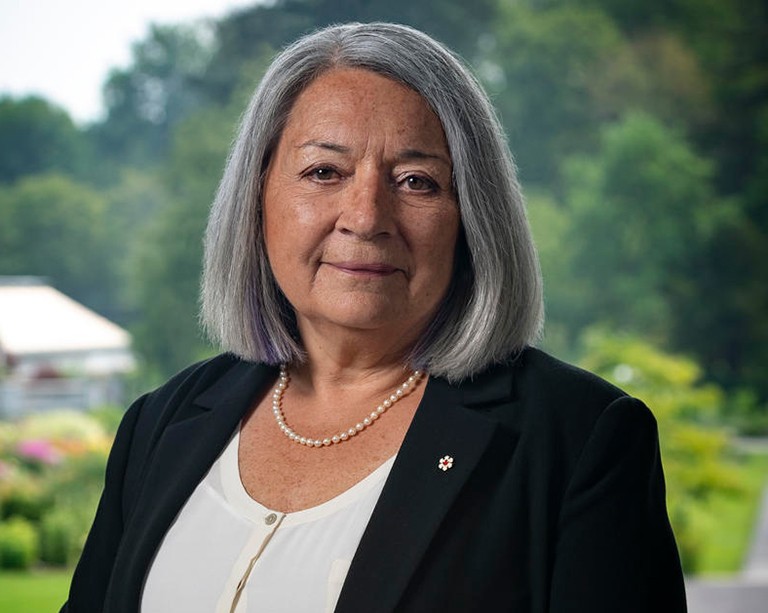‘Safe and resilient structures save lives’

What will concrete masonry structures look like in the future?
That’s a question for Khaled Galal, professor and associate chair of Concordia’s Department of Building, Civil and Environmental Engineering.
On February 27, Galal presented a study on the new generation of sustainable and resilient reinforced masonry buildings at a news conference organized by l'Association des entrepreneurs en maçonnerie du Québec (AEMQ).
“Masonry is one of the most ancient construction materials available. It has been used in buildings, arch bridges, domes, dams and many other historical structures for centuries,” Galal explains.
“It’s characterized by its durability and strength, as well as its resistance to fire, vibration and sound.”
Galal goes on to explain that traditionally, most masonry contractors’ efforts are directed towards the construction of unreinforced masonry blocks and bricks. But he argues there is a need for more knowledge and expertise in the design of reinforced structures.
That’s the idea behind Galal’s current $800,000 project, funded by an NSERC Collaborative Research Development grant. It brings together academics and professionals from the masonry industry to develop new standards that will make buildings safer and more environmentally sustainable.
Withstanding extreme events
“My goal is to achieve effective design and retrofit of buildings and bridges subjected to extreme events arising from seismic, high wind, excessive loads and progressive collapse,” Galal says.
To achieve this, he does physical testing and numerical simulations in the Concordia Structures Lab.
Since joining the university in 2004, Galal has taken on the challenge of upgrading and operating the lab, where enormous concrete walls are subjected to earthquake tremors and gale-force winds to ensure their safety.
“We instrument structural elements with sensors that measure deformations, forces and strains, and test them until they fail. These results are then used to calibrate sophisticated models that predict the response of structures when subjected to extremes,” Galal explains.
“Then we develop design guidelines that specify the limits of the studied structural elements toward the safety of the occupants and the public.”

‘Safe yet cost-effective’
During his tenure, the lab has been outfitted with state-of-the-art testing facilities that make Concordia a world leader in large-scale structure testing. The effort has paid off in high-quality training for students and opportunities for collaboration with other researchers and industry professionals.
Galal’s current project brings together students, researchers and members of AEMQ, the Canadian Concrete Masonry Producers Association and the Canada Masonry Design Centre to contribute to current building standards for the design of masonry structures in this country — as set by the Canadian Standards Association.
Their research has the potential to create more energy-efficient buildings as well as structures capable of resisting the damage incurred by severe weather patterns in coastal regions or areas of seismic activity.
“The design of safe and resilient structures saves people’s lives. Proposing new construction and retrofit methods that are safe yet cost effective is my daily goal. It keeps me motivated to move forward.”
VIDEO 1: Watch a simulation of walls being tested against earthquake effects in the Concordia Structures Lab.
VIDEO 2: Watch a sequence showing construction of the new reinforced masonry wall system.
VIDEO 3: Watch the performance of tall reinforced masonry walls in earthquake events.


